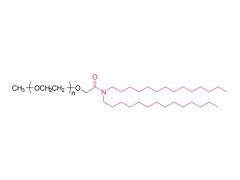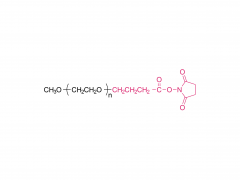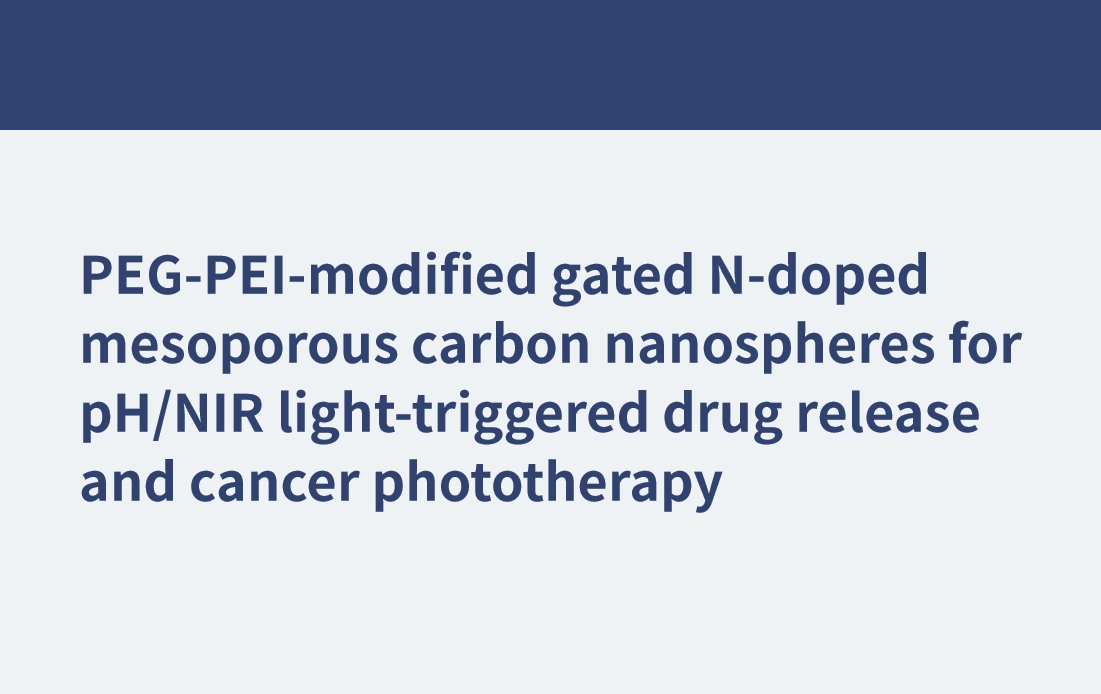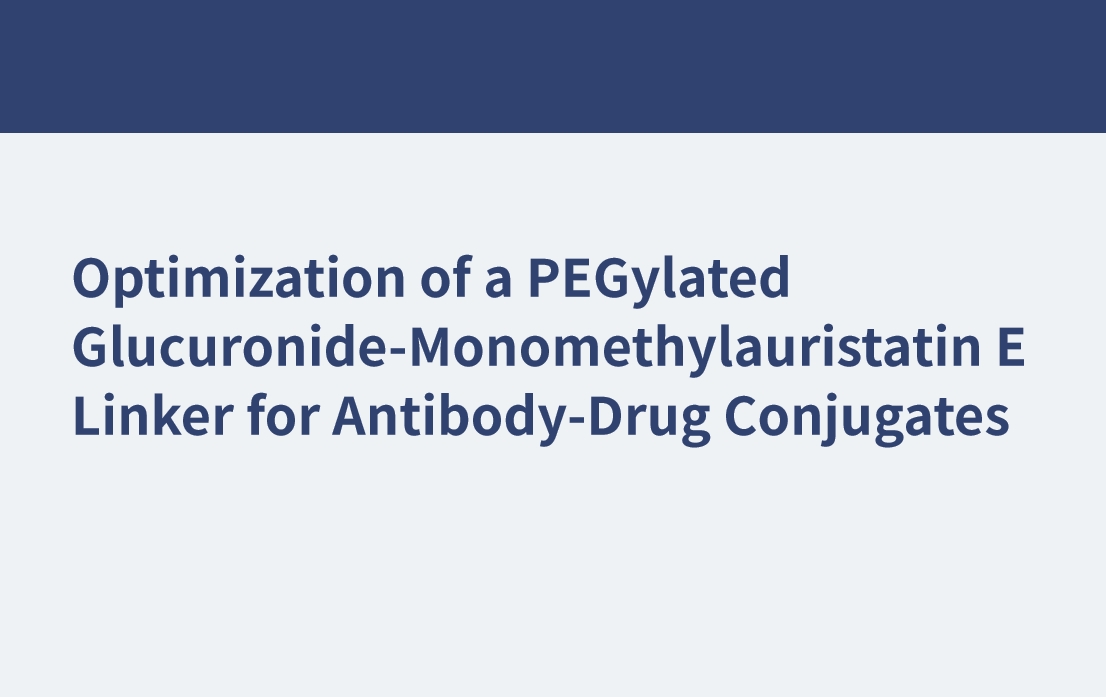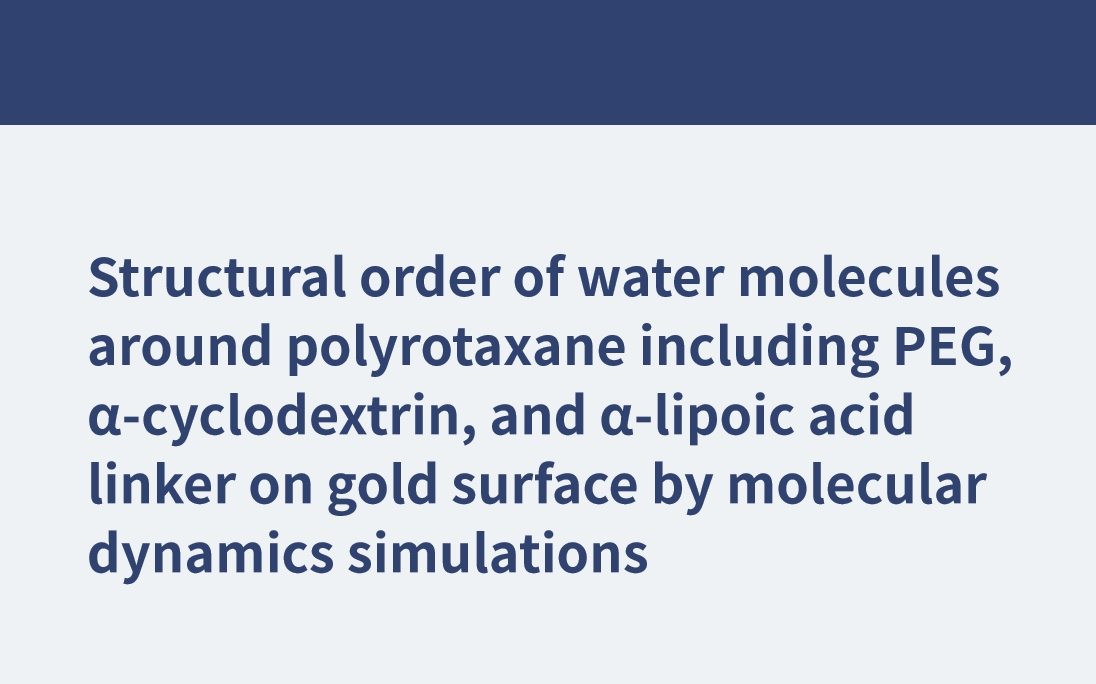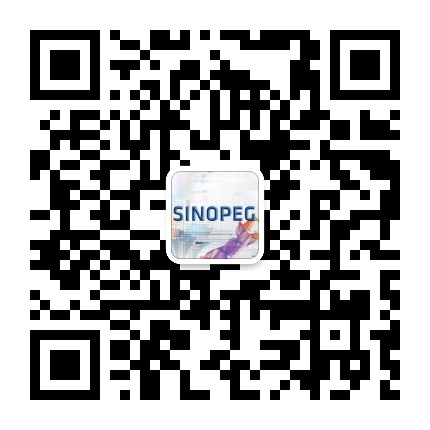J Mater Chem B. 2021 May 5;9(17):3666-3676. doi: 10.1039/d1tb00362c. PEG-PEI-modified gated N-doped mesoporous carbon nanospheres for pH/NIR light-triggered drug release and cancer phototherapy Abstract A novel hybrid drug carrier has been designed, taking N-doped mesoporous carbon (NMCS) as the core and PEG-PEI as the outer shell. NMCS was functionalized with a photocleavable nitrobenzyl-based linker following a click reaction. Gemcitabine was loaded into NMCS prior to the functionalization via π-π stacking interactions. NIR and the pH-responsive behavior of NMCS-linker-PEG-PEI bestow the multifunctional drug carrier with the controlled release of gemcitabine triggered by dual stimuli. The NMCS core upconverts NIR light to UV, which is absorbed by a photosensitive molecular gate and results in its cleavage and drug release. Further, NMCS converts NIR to heat, which deforms the outside polymer shell, thus triggering the drug release process. The release can be promptly arrested if the NIR source is switched off. A promising gemcitabine release of 75% has been achieved within 24 h under the dual stimuli of pH and temperature. NMCS-linker-PEG-PEI produced reactive oxygen species (ROS), which were verified in FaDu cells using flow cytometry. In vitro experiments showed that the NMCS-linker-PEG-PEI-GEM hybrid particle can induce synergistic therapeutic effects in FADU cells when exposed to the NIR light. For more product information, please contact us at: US Tel: 1-844-782-5734 US Tel: 1-844-QUAL-PEG CHN Tel: 400-918-9898 Email: sales@sinopeg.com
View More







